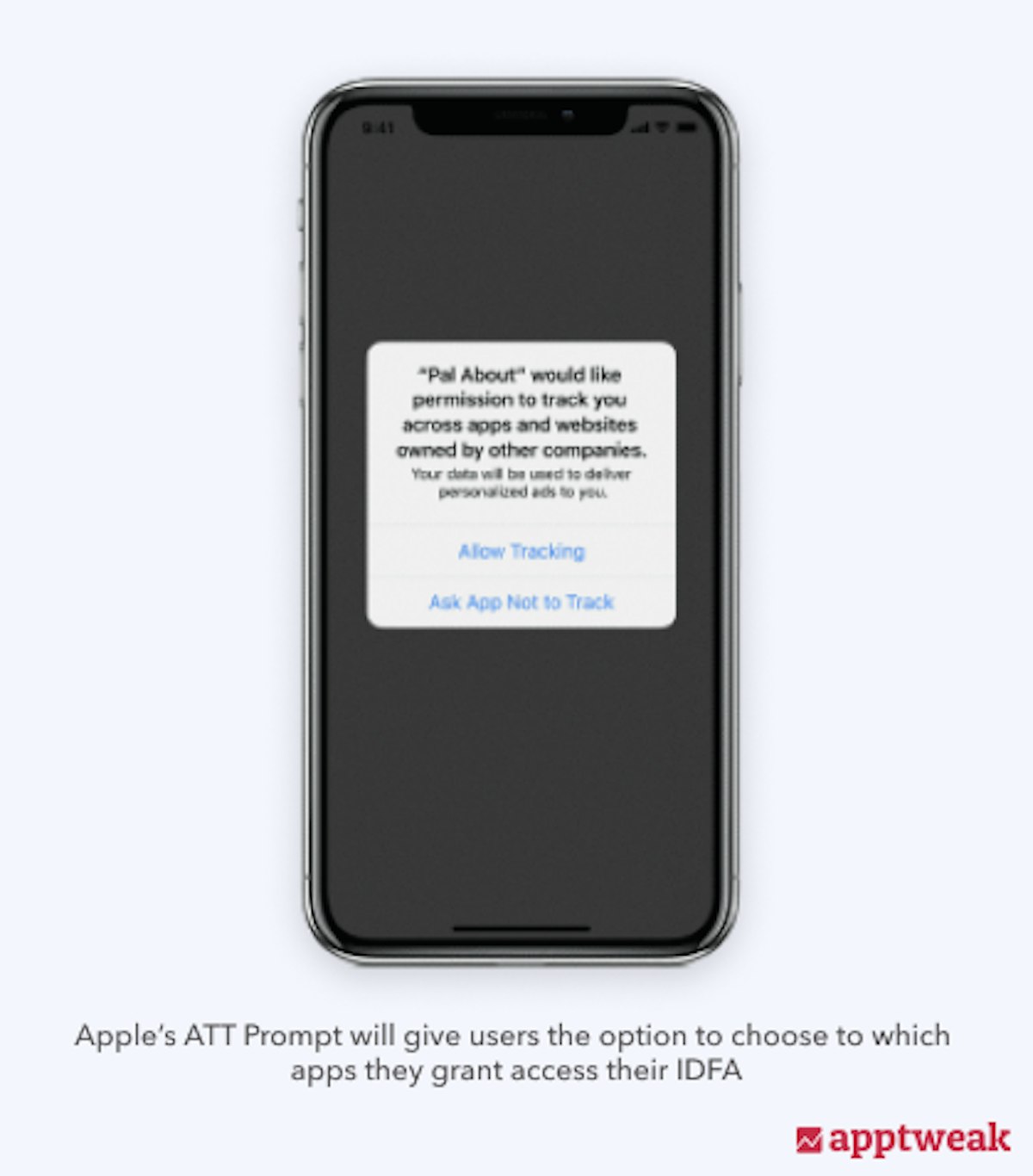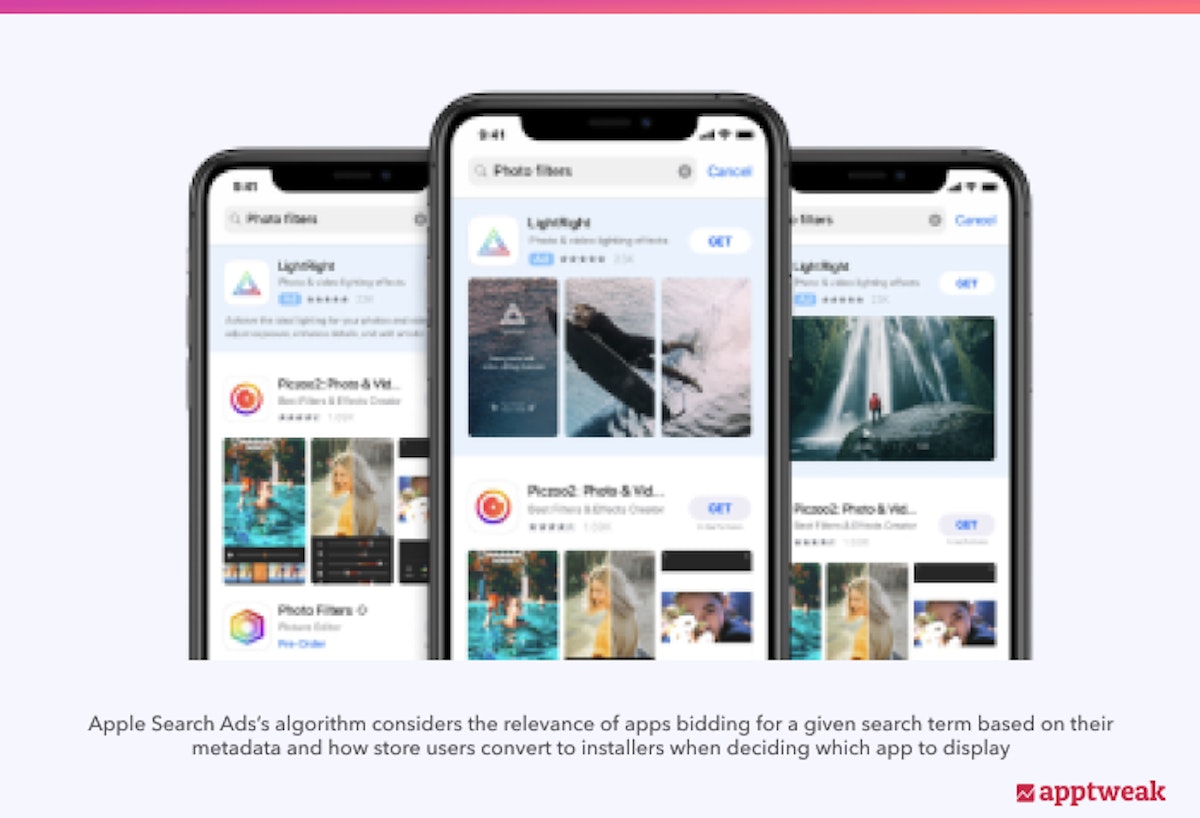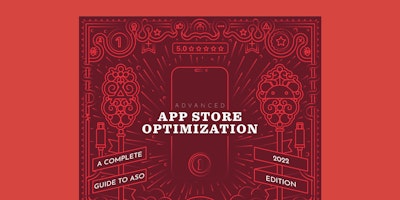
Preparing for IDFA deprecation with ASO
Originally announced during WWDC 2020, the App Track Transparency (ATT) framework has largely been considered to mean the de facto deprecation of Apple’s IDentifier For Advertiser (IDFA). So far, the implementation of ATT has been delayed twice and is rumored to not take place before April 2021. However, many mobile marketers remain concerned as this token is widely used by mobile ad networks and attribution tools to track users and optimize campaign performances.
As the tentative release of ATT approaches, let’s review some of the possible adaptations to User Acquisition without IDFA tracking and how ASO might help marketers in their efforts.
1. Understanding the exact implications of App Tracking Transparency
Although ATT has been described as the death of IDFA, it is important to understand that the IDFA will in fact not completely disappear, but instead give users the possibility to restrict selected developers’ access to their device identifiers. The ATT framework comes as part of Apple’s efforts to advance user privacy and will essentially be incarnated by a prompt box. This box will ask users if they accept to be tracked by a certain app, if they want to give an app (and its third-party partners) access to their IDFA, or if they prefer to refuse and return a string of zeros as their device identifier. This does mean that the IDFA will not completely disappear. Instead, many more users are likely to be considered as “Limit Ad Tracking (LAT)-on” by attribution tools and ad networks that collect this data to measure and/or optimize mobile ad campaign performances. In fact, this setting has existed since before iOS13 and has progressively grown more popular over the years.

While that means ATT should not be a complete jump into the unknown, its implications remain considerable: first of all, because of the incredible amount of “targetable” devices which might become “invisible”. Different numbers may have been shared across various studies, but most researchers agree that ATT is likely to turn over 50% of devices into LAT-on or similar devices for most advertisers. Not only would that mean a campaign performance measurement would lose at least half of its accuracy, but you also have to consider that several ad networks and services had been completely ignoring LAT-on audiences until now. This does mean that, for some channels, 50% of the available traffic could disappear if they don’t adapt. Furthermore, given the obligation to collect individual consent per app, an additional risk would be that users who accept tracking in one app would reject it in another, making it impossible to correctly retrace what ad led to a specific install and then extrapolating such numbers to LAT-on users.
Such challenges have led marketers to consider many potential alternatives to maintain advertising performance measurement and ROI, from adopting Apple’s “privacy-friendly” SKAdNetwork tracking system to relying on probabilistic attribution, or even shifting advertising budget to Google Play. But, while all these alternatives can profit from the overall benefits of ASO, one in particular offers the opportunity to further leverage ASO to maximize performances: increasing Apple (Search) Ads budgets over other ad networks.
2. The Apple Search Ads (ASA) “exemption” and opportunities to leverage ASO
What makes Apple Search Ads (or Apple Ads, given that non-app-store search inventory is now available) particularly interesting is that, given Apple’s own control over the network, ASAs were granted an exemption to the rule of collecting users’ consent before accessing their IDFA. Instead, users who want to opt out of Apple Ads tracking have to do so manually in their device settings. Otherwise, their IDFA might be collected when they come across an Apple Search Ads campaign or other Apple Ads inventory. As a result, marketers have started considering giving priority to ASA over other networks when ATT gets rolled out, at least until more is known about the efficiency of ad targeting in other networks having to rely on SKAdNetwork for attribution.
This is where ASO can give an edge to those investing in this particular advertising channel:
- First of all, UA managers unfamiliar with Apple Search Ads should consider turning to their ASO team for pointers and useful resources. Remember that keyword volumes on iOS are overwhelmingly calculated based on the popularity score provided by Apple Search Ads, and your ASO team probably has an entire history of targeting many different keywords. As a consequence, they are very much likely able to advise you as to what types of keywords you should target first, and which specific terms offer the best opportunity among such keyword clusters.
Furthermore, most ASO tools, such as AppTweak, offer specific data regarding Apple Search Ads. For instance, they provide the ability to determine which apps get the largest share of voice for certain keywords. As a result, your ASO team will likely be able to assist you with rapid tooling to get started. - Once you are ready to pilot your first Search Ads campaigns, consider the benefits of synchronizing ASA and ASO together. As highlighted by Apple on the official Search Ads public website: “Your app’s relevance to the user’s search query, among other factors, determines if your ad is the one shown.” This means that factors like your app’s metadata and conversion rate for a specific term will impact the chances of your ad being shown and therefore may decrease Cost Per InstalIs (CPI) and increase Return On Ad Spend (ROAS).
Coordinating ASO efforts with Search Ads campaigns can therefore be of considerable value, and can also yield benefits when done in the other “direction”. Apple Search Ads campaigns can provide additional data, such as your app’s conversion rate for a specific keyword, which is not available in App Store Connect organic data and can help you select which keyword to prioritize or drop in your next round of ASO. As a result, we not only advise having your Apple Search Ads team target keywords already present in your app’s metadata, but also asking them to dedicate a small percentage of the budget to testing new keywords your app might aim to organically rank for in the future.
- Coordinating organic keyword optimization and search ads campaign targeting is not all, however. To fully maximize the impact of ASO on Apple Search Ads, consider also optimizing your store creative asset management and conversion optimization loop to boost the performance of specific Search Ads ad groups by using “Creative Sets”. This feature allows you to alternate the order in which 3 portrait screenshots/videos (or 1 landscape screenshot/video) appear in the app creative gallery preview displayed as part of your ad. As a result, if your app offers multiple benefits that might be desired by different ad groups, you can aim to have 1 creative highlighting each specific benefit. You can then use creative sets to display the screenshot that presents the most appealing benefit to the right ad group.

3. Looking at the wider picture: utilizing ASO data for more than capturing search traffic
While Apple Search Ads is the advertising channel that will get the most out of ASO, don’t forget about some of the other benefits ASO has to offer when strengthening your UA efforts in a world where access to users’ IDFAs is limited.
Too often, ASO practitioners themselves forget what some of the data at their fingertips represent. For instance, keyword volume and current rank do not only show the performance of your ASO efforts or a pool of search traffic to tap into – fundamentally, they are reflections of mobile users’ behaviors and interests and represent how they are interpreted by app store algorithms. As such, make sure to consider the simple – but considerable – value of these data when conducting market research on the appeal of certain products and messages in various locales. For instance, include volume comparisons for two different keyword clusters in your study if you aim to compare the sizes of two different niches for a certain product you’re looking to position before launch.
 Studying keyword volumes and apps ranking for them can be utilized for game concept development – for instance when deciding what type of racing game to launch.
Studying keyword volumes and apps ranking for them can be utilized for game concept development – for instance when deciding what type of racing game to launch.
Last but not least, don’t forget that app store reviews are a part of ASO and can give you direct insights into how consumers enjoy your app or your competitors’ products, and what they expect from them. Thus, reviews give you the information you need to determine the best context in which to advertise (and consequently what would be the most appropriate ad network or type of marketing channel to activate). Furthermore, they can also help you select the best message to deliver in your marketing campaigns. Reviews can help you decide whether to identify your own app’s strengths and weaknesses, or whether to identify which user frustration your competitors’ products fail to solve and use this as an opportunity to present your own app as a better alternative. In any case, you should group reviews by topic or use store-generated topic filters to get a deeper understanding of users’ expectations.
To conclude, remember that while ASO cannot be a silver bullet to solve all the challenges brought by the ATT framework, it can still add value to your entire acquisition funnel. As advertisers are going to learn to be less reliant on ad-targeting algorithms, leveraging ASO for both performance and to better understand user behaviors will become a competitive advantage for some teams.
Want to learn more about ASO and ASA and unlock new growth opportunities for your app(s) or game(s)? Start your 7-day free trial.

